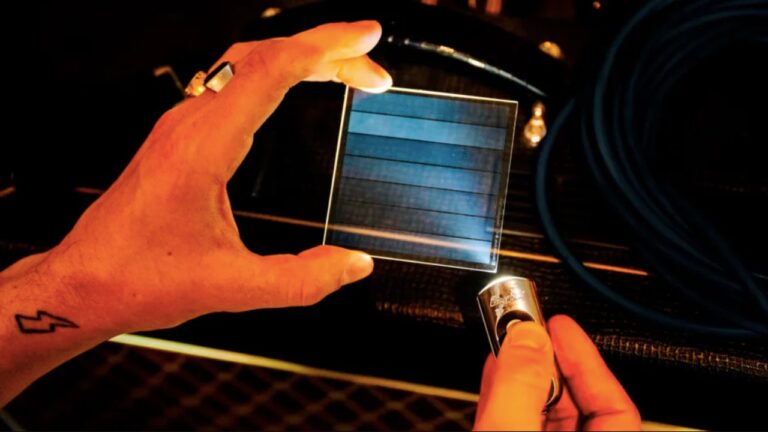The long-term data storage of the future may be Project Silica.
Many of us have acquired gigabytes (or perhaps terabytes) of data that must be kept secure as data storage gets ever more affordable. The storage media has a limited lifespan, whether you are storing your data locally or in the cloud. Project Silica, a new type of storage technology being developed by Microsoft, has the potential to retain data virtually indefinitely without the use of electricity. It encodes data on a piece of glass smaller than a DVD rather than writing it to a magnetic storage device.
Ant Rowstron, a Microsoft developer, says why just keeping data secure over time is a huge task. In a data center, hard drives may only last five years (or fewer) before they need to be replaced. If you’re lucky, a tape drive may last twice as long. It takes time, money, and resources that could be better used elsewhere to manufacture, power, and transmit data between drives. If only there was a more secure way to save the data. That is Project Silica, which is demonstrated in the new Microsoft research film that is posted below.
The group has created a method that uses brief laser pulses to write data to sheets of glass. Even surface scratches won’t change the code because the laser physically changes the glass’ inside structure. Engineers predict that because glass is a fairly stable substance, the data might be safely maintained for 10,000 years or longer. 1.75 million music songs, or around 7 terabytes of storage, can fit on a single plate. Notably, the glass panels may function without any electricity. You simply store them in a stack and read them as necessary.
Project Silica, according to Rowstron, is being created with the cloud in mind. It appears to be a type of cold storage where your data is not always accessible because reading and writing data from the glass sheets requires several steps. The Write Lab is where it all begins, using a laser to imprint voxels (three-dimensional pixels) inside the glass. Every time you need to read a glass plate, a little robot springs into action to reach the appropriate one in the library’s stacks. The voxels from the recovered glass are read by the Read Lab using a computer-controlled microscope. The visual data is then transformed into usable digital files by an Azure AI at the Decode Lab. As of yet, this is only a research project , and someday things might be more organized, but the fundamental idea is that you don’t need access to the data right once.
Not just Microsoft is developing novel methods of data storage. Additionally dense glass storage materials have been suggested by researchers, and DNA data storage is another potential. Microsoft has the means to see this project through to completion, but that won’t happen for some time. Project Silica will likely go through a number of additional stages of laboratory development before it is suitable for commercialization, according to the scientists.

